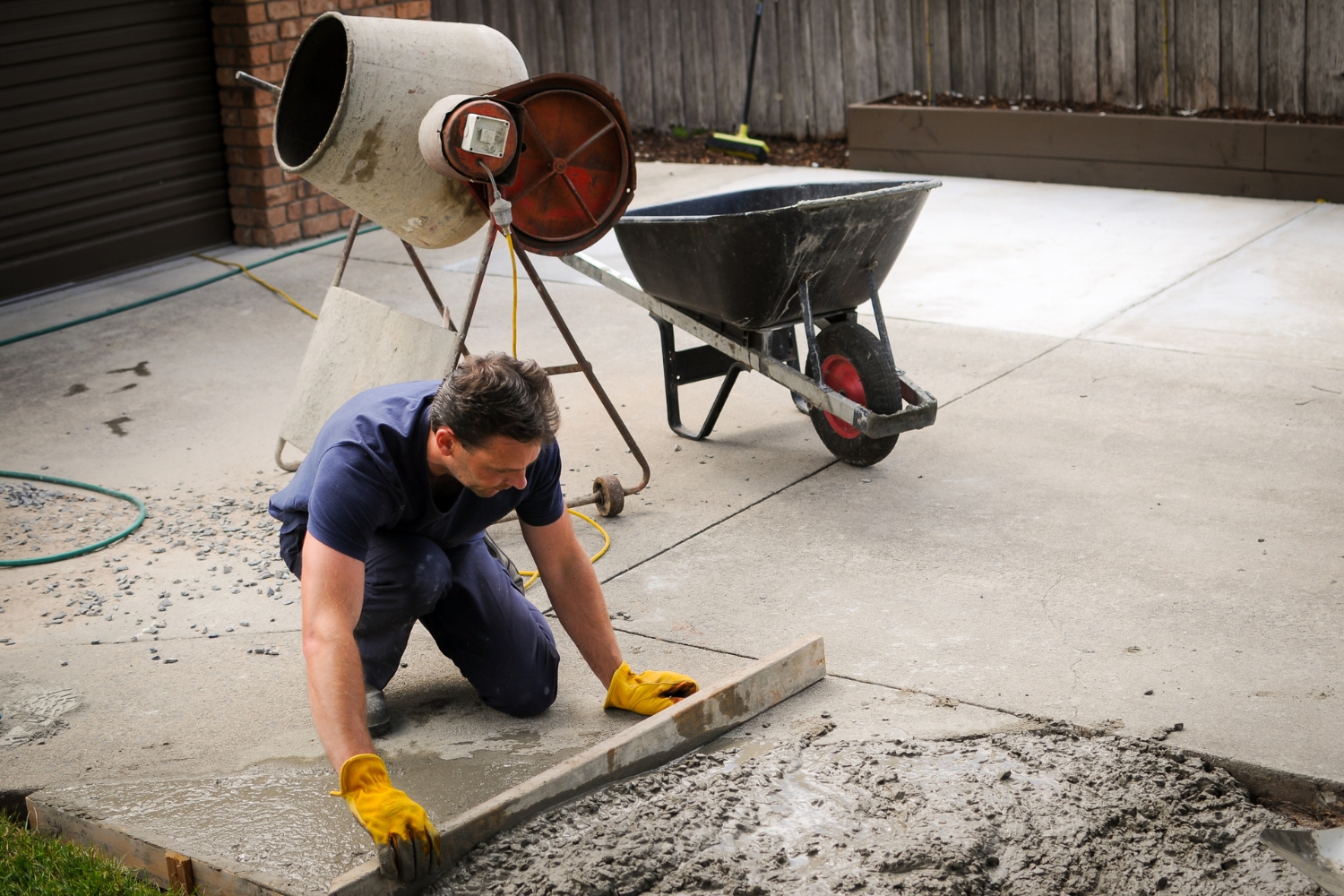Your outdoor project starts with preparing the area you are building in. Not with the first beam or the final roof sheet, but with proper ground preparation. Get this right, and your custom patio, pergola or carport kit will stand strong for decades. Rush it, and you’ll be dealing with shifting structures, drainage problems, and costly repairs.
Site preparation isn’t complicated. It’s about following the right steps in the right order. No shortcuts, no confusion, just practical groundwork that creates a solid foundation for your structure.
Clear and Mark Your Site
Start with a clean slate. Remove all vegetation, rocks, and debris from your building area. Add an extra metre clearance on all sides for working space. You’ll need room to move materials and operate tools without constantly shuffling obstacles.
Mark your exact structure footprint using string lines and pegs. Measure twice, mark once. Check diagonal measurements to ensure your marked area is perfectly squared. A 3-4-5 triangle method works well: measure 3 metres along one side, 4 metres along the adjacent side, and the diagonal should measure exactly 5 metres.
For sloping sites, identify your highest and lowest points now. This determines how much cut and fill work you’ll need. Remember, water flows downhill. Plan your levels to direct water away from both your structure and your home.
Test Your Soil
Not all ground is created equal. Clay expands when wet and contracts when dry, potentially causing movement. Sandy soil drains well but may need more compaction. Rocky ground provides stability but can be difficult to work with.
Perform a simple jar test. Fill a jar one-third with soil from your site, add water until two-thirds full, shake vigorously, then let it settle. Sand settles first, then silt, then clay on top. The proportions tell you what you’re working with and how to prepare it properly.
For larger projects or problem sites, consider professional soil testing. It’s a small investment that prevents major headaches, especially if you’re building on reactive clay or filled land.
Level and Compact Your Ground
Proper compaction prevents settling and ensures your structure stays level. A plate compactor is the most common tool used to compact soil for a concrete slab, advises compaction specialists. For DIY projects, you can hire these from equipment rental shops.
Remove topsoil down to stable subsoil, typically 100 to 150 millimetres deep. Topsoil contains organic matter that decomposes over time, causing settlement. Save this valuable topsoil for garden beds later.
Add road base or crushed rock in 50 to 75 millimetre layers, compacting each layer before adding the next. Moisture helps achieve better compaction because the particles slide and bond together easier. Lightly dampen each layer, but don’t create mud. Too much water weakens your base.
For small areas, hand tamping works, but anything larger than a garden shed base needs mechanical compaction. Corners and edges need extra attention, as these areas often get missed and cause problems later.
Consider Drainage Requirements
Water management makes or breaks outdoor structures. Poor drainage leads to rust, rot, and foundation problems. Plan drainage before you build, not after water starts pooling.
Create a slight fall away from your structure, minimum 1:100 gradient. This means for every metre horizontal, drop 10 millimetres vertical. It’s barely noticeable to the eye but enough for water to flow.
Install agricultural pipes if your site has drainage issues. Surround pipes with gravel for better water collection. Connect to existing stormwater systems where required by council regulations.
For structures with closed roofs, councils often require connection to stormwater. Check requirements early, as retrofitting drainage costs more than planning it properly from the start.
Set Your Foundation Points
Your custom patio kit needs solid foundation points. Post positions must be accurate to millimetre precision.
For concrete footings, dig holes to required depth, typically 600 millimetres minimum. Make holes wider at the bottom than the top for better stability. In reactive soils, you might need deeper footings, check your soil report.
Use rapid-set concrete for posts that need immediate support. Standard concrete works fine if you can wait 24 to 48 hours before construction. Either way, use a spirit level to ensure posts are perfectly vertical while concrete sets.
For elevated structures or those on slopes, consider adjustable steel posts. They allow fine-tuning during installation and accommodate minor ground movement over time.
Weather Timing Matters
Australian weather doesn’t always cooperate with DIY plans. Avoid site preparation during wet seasons when soil becomes unworkable. Compacting wet soil creates problems that last years.
Check weather forecasts for a clear five-day window. You need dry weather for excavation, compaction, and concrete work. One day for site clearing and levelling, one for compaction, one for setting foundations, and two days for concrete curing.
Summer heat affects concrete curing. In temperatures above 30 degrees, concrete dries too quickly, causing cracks. Work early mornings or late afternoons. Keep concrete damp during curing by covering with hessian and lightly spraying with water.
Winter cold slows concrete curing. Below 10 degrees, concrete takes much longer to reach strength. Consider concrete additives for cold weather or wait for warmer conditions.
Safety First, Always
Site preparation involves heavy materials, sharp tools, and hard work. Wear steel-capped boots, gloves, and safety glasses. Your back will thank you for using proper lifting technique and mechanical aids where possible.
Call Dial Before You Dig on 1100 before any excavation. Hitting services costs thousands and could be fatal. The free service maps underground pipes and cables, showing you exactly what’s below.
Keep your work area organised. Trips and falls cause more site injuries than any other accident. Clear pathways, secure loose materials, and maintain good lighting if working late.
The Bottom Line
Proper site preparation takes time but pays dividends. Your structure will stand level, drain properly, and last decades longer than rushed jobs. Every hour spent on groundwork saves days of problems later.
Quality Outdoor Solutions starts from the ground up. Follow these steps, use the right materials, and don’t cut corners on compaction or drainage. Your custom kit deserves a foundation as solid as the materials it’s made from.
Remember, councils take site preparation seriously for good reasons. Safety, stability, and neighbour relations all depend on doing the job right. Get your site properly prepared, and your DIY patio, pergola or carport installation becomes straightforward. YOUR KIT, YOUR CALL.
Ready to transform your outdoor space? Start with solid ground preparation. Your investment in proper site work ensures your new structure for years to come. No shortcuts, no worries, just quality results built to last.

